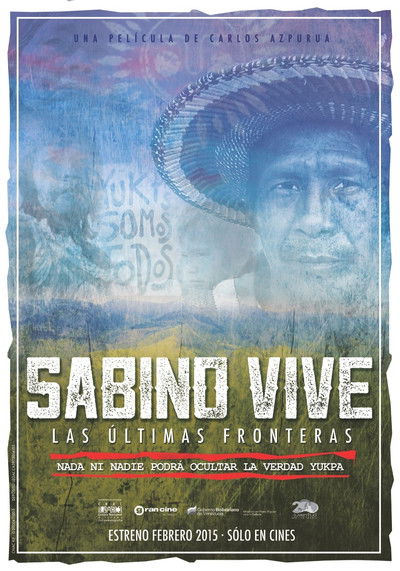Sabino vive: las últimas fronteras
Genres
Documentary
OverView
The documentary recreates the facts in the life of the Yukpa Chief, Sabino Romero, an indigenous fighter killed on March 3, 2013, in the Chaktapa community of the Sierra de Perija in Zulia state, Venezuela. The film reflects the infinite struggle of Sabino and his people, accompanied by the social groups, in this story of truly libertarian images made with blood and fire, revealing the skein of interests that forged and carried out Sabino's murder, and the attitude Inhuman and murderous of those who made it another victim of history.
Others
Budget
$--
Revenue
$--
Status
Released
Original Language
Spanish
Runtime
110 mins
Rating
0/10
Release Date
06 February 2015
Country
Venezuela

